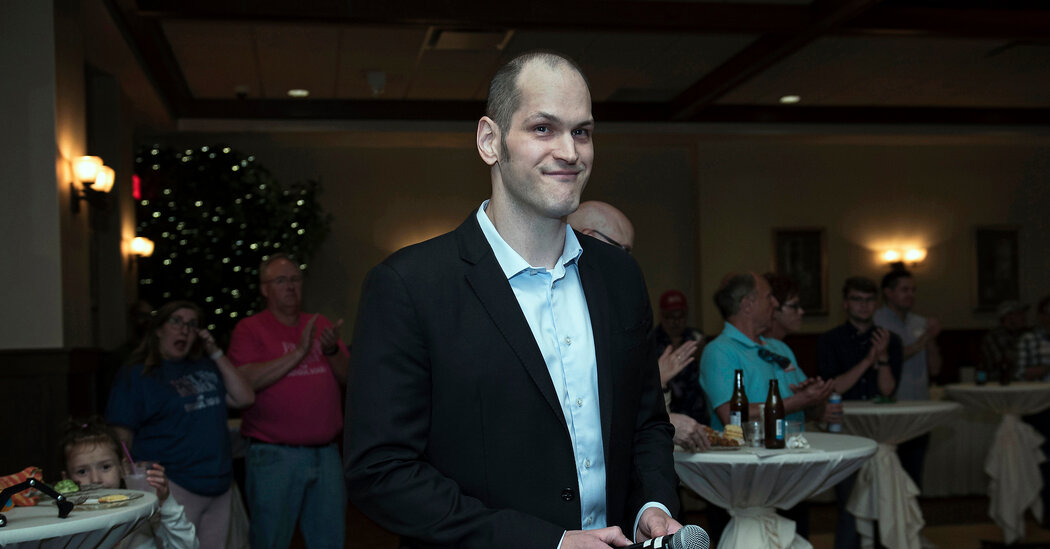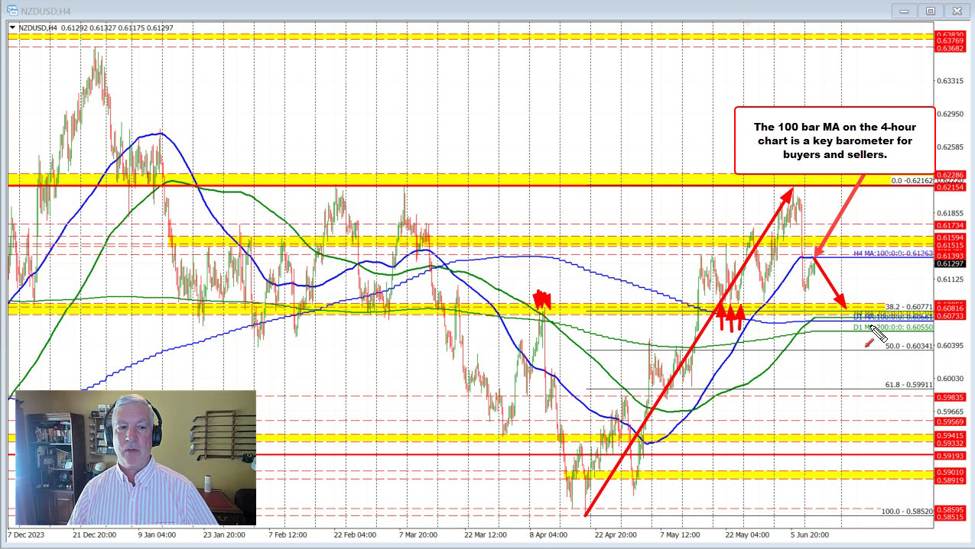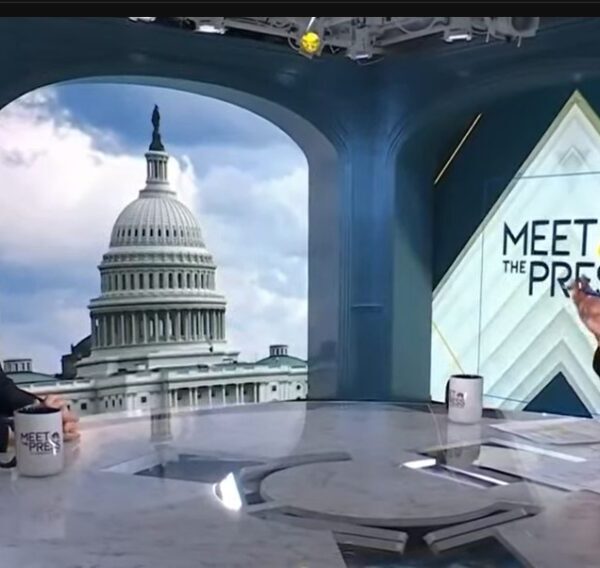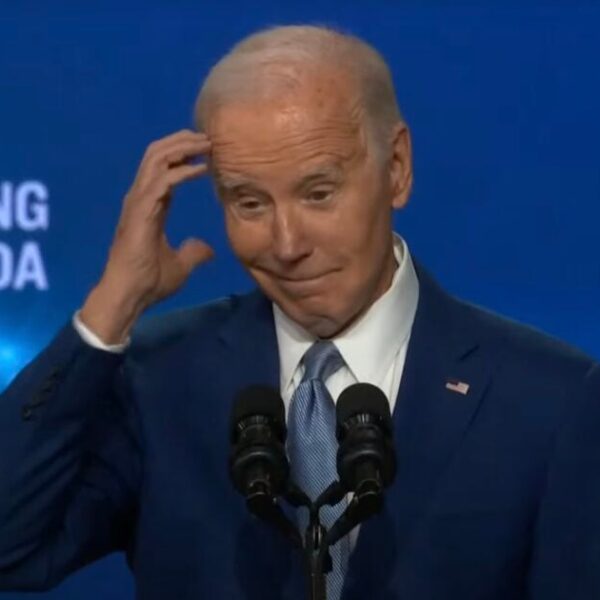For months, as the presidential election has drawn closer, a debate over the age of American politicians has swirled: Is there a point at which candidates should be deemed too old to run? Should age even matter?
On Tuesday, voters in North Dakota will weigh in.
Granted, the ballot measure on age limits for politicians that North Dakotans will consider takes the temperature of voters in a single state — and one of the nation’s least populous states at that, with some 779,000 residents. Experts say the measure would almost certainly face a legal challenge if it were to pass. And, technically, this proposed age limit only pertains to North Dakota candidates for Congress, not the presidency or any other office.
Still, amid all the chatter about age in 2024, this ballot measure provides a rare chance to learn what at least one set of voters in the nation’s middle thinks about older elected officials.
“Most people think it’s common sense that politicians should retire at some point,” said Jared Hendrix,” a Republican politician in Fargo who led efforts to gather signatures to put the question before voters. “I think it’s very possible that if we pull this off here, other states will follow.”
If approved, the ballot measure would amend the state’s Constitution, barring candidates from running for Congress if they would turn 81 or older by the end of the year before their term ends.
At the moment, the measure would actually have no bearing on North Dakota’s three current members of Congress, all Republicans, who range in age from 47 to 67.
Still, at least one of them, Senator Kevin Cramer, said he opposed the measure. “I can’t imagine why any patriotic conservative would vote to limit their choices,” Mr. Cramer, who is 63 and seeking re-election in November, said in an emailed statement.
Around North Dakota, though, residents had mixed views.
Lou Richardson, a retired journalism professor from Fargo, said she had voted against the measure during early voting.
“Sixty-five used to be old but I have children who are in their 60s now and they are young,” said Ms. Richardson, a Democrat, who is 93. “For me, this is a solution in search of a problem.”
But Carter Eisinger, a 24-year-old electrical engineer from Fargo, said he planned to vote for the age-limit measure — and would happily set an even younger threshold, around 70, and extend it to presidential candidates and Supreme Court justices.
“If North Dakota passes this, it would allow us to prove to the rest of the country that this is workable, this is something that is reasonable,” said Mr. Eisinger, a Republican, who noted that his views on the issue were shaped by watching how his grandparents and others from their generation have changed.
While silent on a maximum age for eligibility, the U.S. Constitution established that senators must be at least 30 and members of the House at least 25.
Federal and state policies have set mandatory retirement ages for demanding occupations, including airline pilots (65), military officers (64), and judges in some states. But with no retirement requirement for Congress, the median age of federal lawmakers has risen substantially in recent decades.
A Gallup poll last year found that a broad majority of Americans favor setting a maximum age for federal elected officials and Supreme Court justices. Episodes involving older members of Congress, including Senator Dianne Feinstein, the longtime Democrat who died last year at 90, and Senator Mitch McConnell, 82, the Republican leader, garnered public attention.
And the presidential contest, between President Biden, 81, and former President Donald J. Trump, 77, has drawn perhaps the most pointed national conversation about age and fitness for office.
Mr. Hendrix said that getting the required number of signatures to place the age question for members of Congress on the ballot — 31,164 signatures, or 4 percent of the state’s population — was a breeze.
“These are people voting on important judicial appointments, they’re making decisions that could lead to nuclear war,” Mr. Hendrix said of lawmakers. “They are making decisions to pass on some $34 trillion in debt to future generations.”
If voters approve the measure on Tuesday, Mr. Hendrix acknowledged that would likely face legal challenges.
In 1995, the Supreme Court ruled that states lack the authority to establish eligibility rules for congressional candidates beyond those in the Constitution — a position the court reinforced recently when it overturned Colorado’s decision to exclude Mr. Trump from appearing on the state’s ballot. North Dakota lawmakers in April projected that defending the ballot measure in court could cost about $1 million.
Mr. Hendrix — who, at 41, is himself running for a seat in the North Dakota Legislature this year — previously led a successful ballot initiative that established term limits for the governor and state legislators. While those changes were broadly popular, some in North Dakota have concerns about the cost of defending the new measure in court.
And others questioned imposing age limits given that people age so differently, with such a range of cognitive and physical abilities, regardless of the number of birthdays.
Timothy Flaten, 38, an engineering technician from Fargo, said he planned to cast his ballot against the measure. At the end of the day, he said, voters should be the arbiters of whether any given candidate is too old to serve effectively.
“There should be a bunch of public debates between people running for president or Congress,” he said. “And you can see if, intellectually, they’re there or not to hold the position.”















